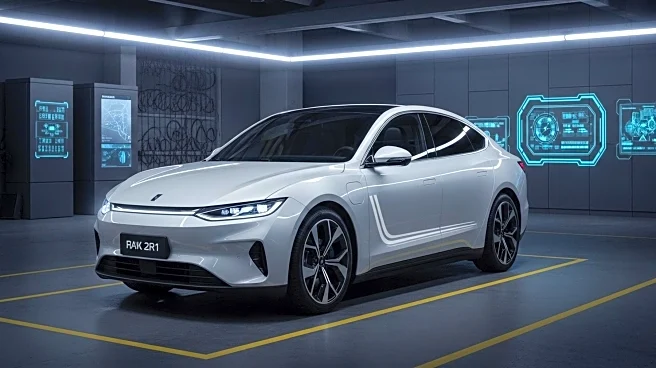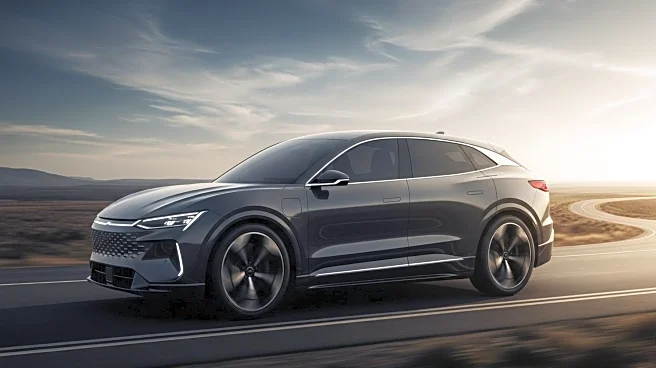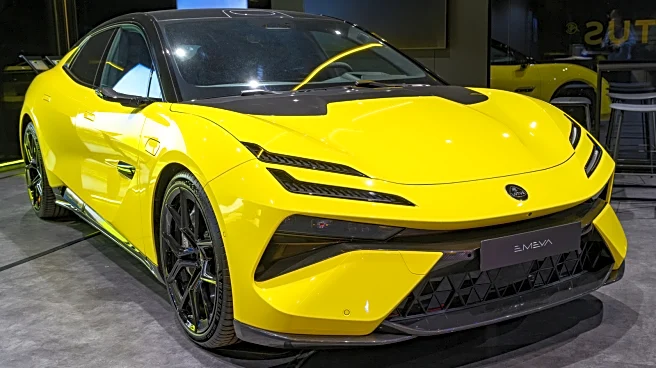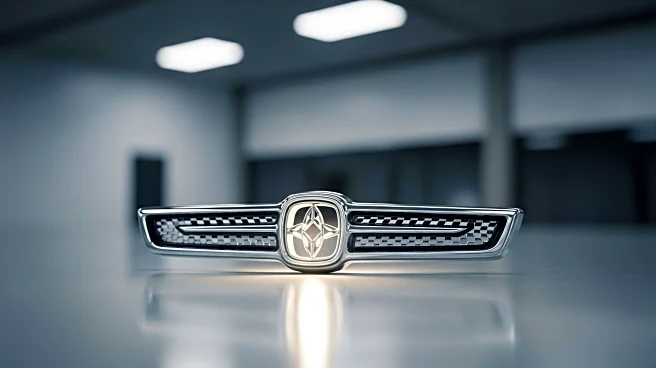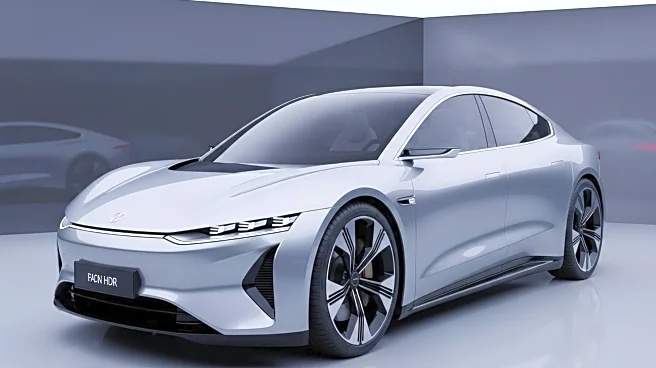What's Happening?
Jaguar Land Rover (JLR), the UK's largest car manufacturer, has announced that it will not be producing armoured electric vehicles (EVs) for the UK Prime Minister due to concerns over bomb protection. The company stated that the required safety levels for armoured battery electric vehicles (BEVs) cannot be achieved, primarily due to engineering challenges related to weight and blast protection. This decision means that the Prime Minister's fleet of Range Rover Sentinels will remain petrol-powered for the foreseeable future. JLR's stance was revealed in a response to a government consultation on EV sales rules, where the company lobbied for armoured vehicles to be excluded from zero-emission vehicle mandates. Despite these concerns, other manufacturers like BMW have developed electric vehicles with special armouring, indicating a divergence in industry approaches.
Why It's Important?
This development highlights the ongoing challenges in transitioning to electric vehicles, particularly in specialized sectors such as armoured transport. The decision by JLR underscores the technical and safety hurdles that can impede the adoption of EVs in certain applications, potentially affecting government policies aimed at reducing carbon emissions. The reliance on petrol vehicles for high-security roles could slow down the broader push towards electrification in the automotive industry. Additionally, it raises questions about the feasibility of meeting zero-emission targets in sectors where safety and performance are critical. The situation also reflects the competitive landscape, as other manufacturers like BMW are advancing in this niche market, potentially gaining an edge in innovation and market share.
What's Next?
The UK government may need to reassess its zero-emission vehicle mandates, particularly for specialized vehicles like armoured cars. This could involve revisiting safety standards and exploring technological advancements that could enable the production of secure electric armoured vehicles. JLR's decision might prompt further discussions among policymakers and industry leaders on balancing safety requirements with environmental goals. Additionally, the automotive industry may see increased investment in research and development to overcome the current limitations of electric armoured vehicles, potentially leading to new innovations in vehicle safety and battery technology.
Beyond the Headlines
The issue of 'blast anxiety' as a barrier to EV adoption in high-security contexts highlights a unique intersection of technology, safety, and environmental policy. It raises ethical considerations about the prioritization of safety over environmental benefits and the potential trade-offs involved. The situation also reflects broader cultural and technological shifts as industries grapple with the transition to sustainable practices while maintaining essential safety standards. This case could set a precedent for how other sectors address similar challenges, influencing future policy and innovation in the automotive industry.
